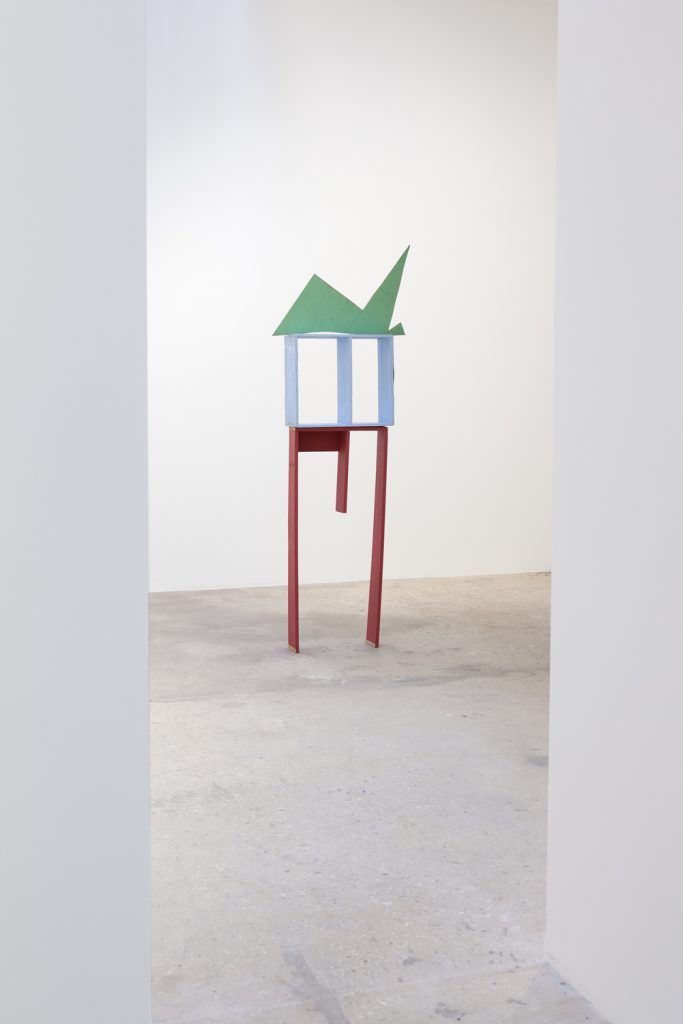In 2008, artist Gedi Sibony’s work, The Last One, was included in the group show “Now You See It” at the Aspen Art Museum. Featuring the work of 19 international artists, the show challenged our assumptions when “interpreting the essence of an artwork’s materials” (per the text accompanying the show), drawing on unorthodox notions of transformation (such as magic and alchemy) as a way into understanding the artistic process. In connection with that show, AAM CEO and director Heidi Zuckerman interviewed Sibony. Here is an excerpt of that conversation.
Heidi Zuckerman:
What do you think happens when people look carefully at things?
Gedi Sibony:
In paintings specifically, you can see the path that the artist took to get there—not only the internal mechanics of the work and the different aspects, but also how the paintings were built. There was this one painting of ships, by Rembrandt, I think. And I’d been told how one of the ships had been erased, but you could see faint traces of it. I remember thinking that it was all being presented consciously. You were able to see something that wasn’t completely erased, but then redrawn. Leaving it visible was this way of inviting the viewer into the process. It’s not a pristine object that just somehow came into being; everything is built through trial and error, and the errors are just as much a part of it as the successes.

Zuckerman:
Earlier, you said that you found it hard to talk about your work, so you talk about other things. But as you talk about other things, you’re actually talking about your work. In that context, that answer was really interesting. I’m curious what you think about how much of your process is revealed in your final works.
Sibony:
What I’m looking for in some of the works is the exposure of things, specifically in my framed pieces where the print or drawing has been turned around and you see the backs of them—there’s a really interesting discovery of those operations that weren’t meant to be consciously seen. They are operations that were done with some kind of freedom—without the burden of art, of having to succeed, or having to share anything. They are simply about getting the print or drawing matted, then putting the tape down. You see the specific idiosyncrasies of somebody doing their job. It’s the same process in the studio, really.
If I can mix it up, keep moving things, keep working, and keep doing things, then I know there will be surprises.
This interview has been edited and condensed. The full version can be found in Conversations With Artists Vol. I, a compilation of Heidi Zuckerman’s interviews with artists published in October 2017 by Aspen Art Press.


